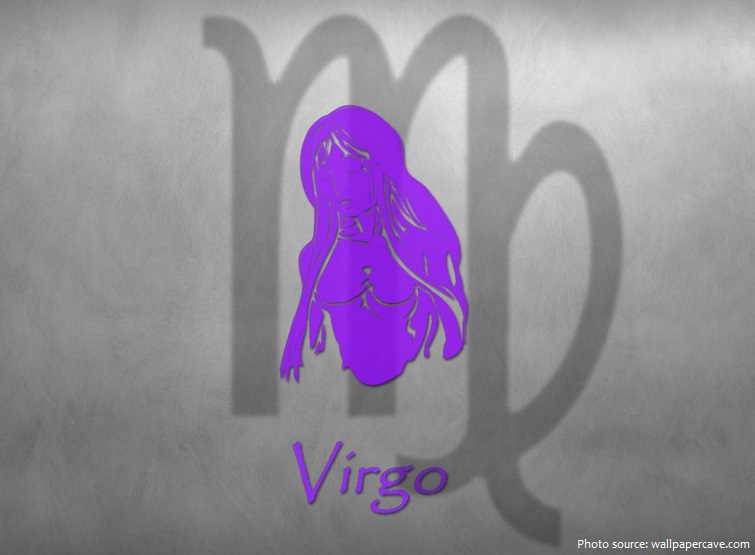
Virgo is the sixth astrological sign in the Zodiac.
Virgo is latin for virgin.
Its symbol is ♍
The traditional Western zodiac associates Virgo with the period between August 23 and September 22, and the sign spans the 150th to 180th degree of celestial longitude.
Individuals born during these dates, depending on which system of astrology they subscribe to, may be called Virgos or Virgoans – they are also represented in newspaper horoscopes with other astrological signs.

Virgos are logical, practical, and systematic in their approach to life. This earth sign is a perfectionist at heart and isn’t afraid to improve skills through diligent and consistent practice. Virgo rules the digestive system, which makes these earth signs especially attuned to the ingredients that make up a whole — in food and in everything else. They’re hyper-aware of every detail.
Virgo is governed by Mercury, the messenger planet of communication.
Virgo is prominent in the spring sky in the northern hemisphere, visible all night in March and April. As the largest zodiac constellation, the Sun takes 44 days to pass through it, longer than any other. From 1990 and until 2062, this will take place from September 16 to October 30. It is located in the third quadrant of the southern hemisphere (SQ3) and can be seen at latitudes between +80° and -80°.
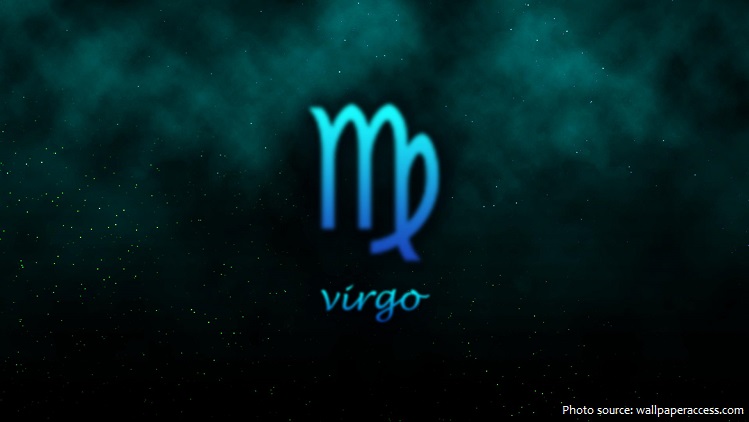
The bright star Spica makes it easy to locate Virgo, as it can be found by following the curve of the Big Dipper/Plough to Arcturus in Boötes and continuing from there in the same curve (“follow the arc to Arcturus and speed on to Spica”).
The constellation Virgo has different origins depending on which mythology is being studied. Most myths generally view Virgo as a maiden with heavy association with wheat. In Greek and Roman mythology, they relate the constellation to Demeter, the Greek goddess of the harvest, or her daughter Persephone, queen of the Underworld. Another association is with the myth of Parthenos (meaning virgin in Greek), which explains how the actual constellation Virgo came to be.
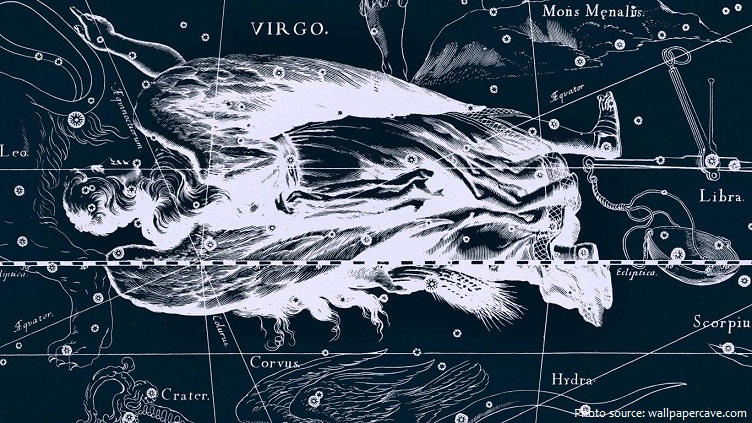
In ancient Greek religion and mythology, Demeter is the Olympian goddess of the harvest and agriculture, presiding over grains and the fertility of the earth. She is also called Deo (Δηώ).
In Greek mythology, Persephone also called Kore or Kora is the daughter of Zeus and Demeter. She became the queen of the Underworld after her abduction by Hades, the god of the underworld, with the approval of her father, Zeus. The myth of her abduction, her sojourn in the underworld and her temporary return to the surface represents her functions as the embodiment of spring and the personification of vegetation, especially grain crops, which disappear into the earth when sown, sprout from the earth in spring, and are harvested when fully grown. In Classical Greek art, Persephone is invariably portrayed robed, often carrying a sheaf of grain. She may appear as a mystical divinity with a sceptre and a little box, but she was mostly represented in the process of being carried off by Hades.
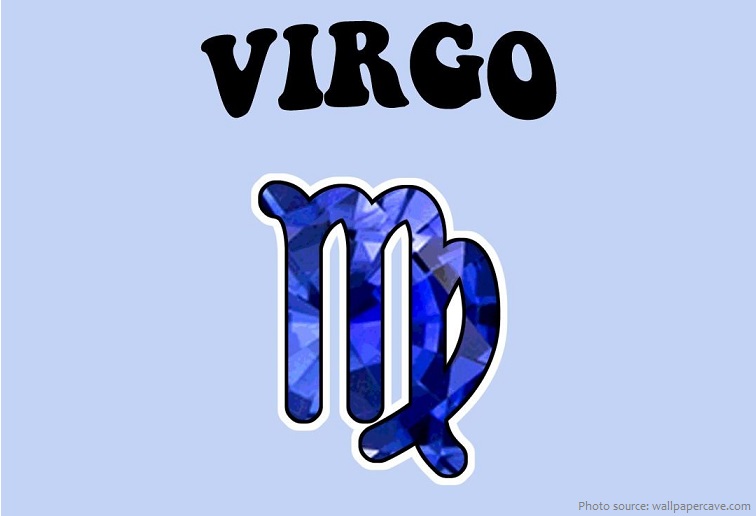
Another Greek myth states that Virgo is the Athenian maiden Erigone, daughter of Icarius. After Icarius was murdered by his shepherds in a drunken rage, Virgo hanged herself in grief, while her dog Maera thrown herself off a cliff in grief. Zeus or Dionysus pitied the family, and placed them in the sky as constellations: Erigone became Virgo, Icarius became Bootes, and Maera became Canis Minor.
While this is only one myth of the origin of Virgo, she is seen throughout all manner of myths. In Egyptian mythology, the time when the Sun was in the constellation Virgo marked the beginning of the wheat harvest, thus connecting Virgo back to the wheat grain. In Christianity, Jesus was born to a virgin in the town of Bethlehem (“bread”) – the ancient Zodiac ended in the constellation Leo and began with Virgo.
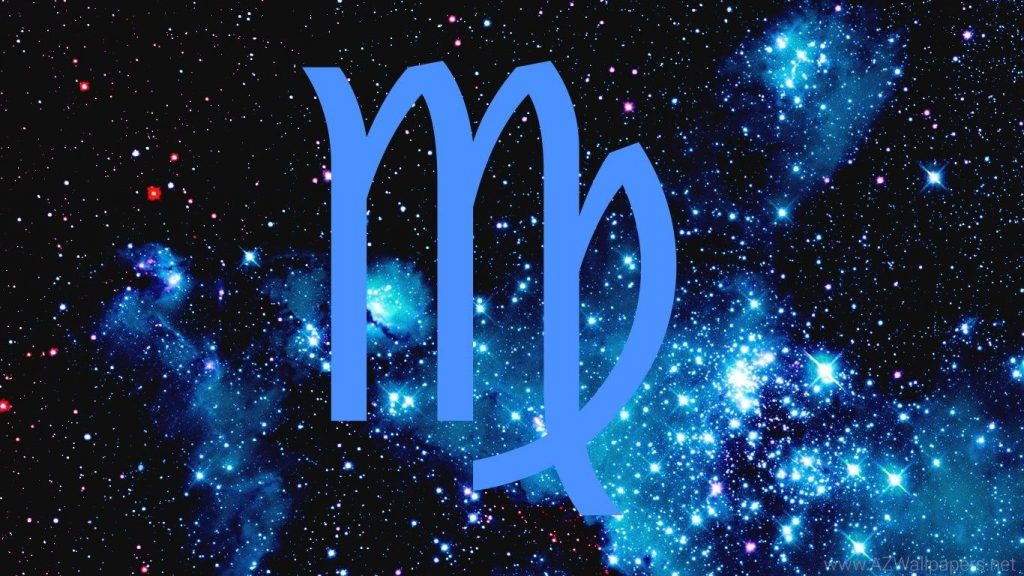
In the Babylonian MUL.APIN (c. 10th century BC), part of this constellation was known as “The Furrow”, representing the goddess Shala and her ear of grain. One star in this constellation, Spica, retains this tradition as it is Latin for “ear of grain”, one of the major products of the Mesopotamian furrow. For this reason the constellation became associated with fertility. The constellation of Virgo in Hipparchus corresponds to two Babylonian constellations: the “Furrow” in the eastern sector of Virgo and the “Frond of Erua” in the western sector. The Frond of Erua was depicted as a goddess holding a palm-frond – a motif that still occasionally appears in much later depictions of Virgo.
The largest zodiacal constellation is Virgo, with an area of 1294.428 square degrees.